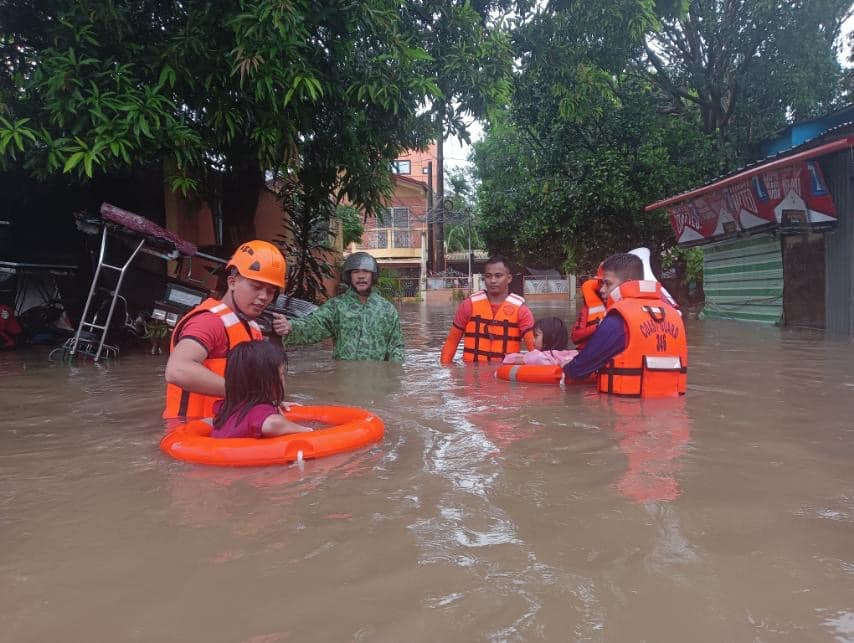
The agricultural region of Calabarzon (Region 4A) – which includes the provinces of Cavite, Laguna, Batangas, Rizal, and Quezon – bore the brunt of typhoon “Aghon”, Office of Civil Defense (OCD) Administrator Usec. Ariel Nepomuceno said on Monday, May 27.
The OCD has been monitoring the affected areas in the National Capital Region (NCR) and Regions 2 (Cagayan Valley) to 9 (Zamboanga Peninsula) but the attention was focused on the extent of damage in five regions: Calabarzon, Mimaropa (Region 4B), NCR, Bicol (Region 5), and Eastern Visayas (Region 8).
“Most of the affected regions are agricultural areas such as Region 4A, 4B, part of NCR, Region 5, and Region 8. Although Regions 2 to 9 are affected, it was Calabarzon that sustained the most damage,” Nepomuceno said in a radio interview over dZRH.
“We are focused on the five regions most affected by Aghon, most especially Calabarzon. In Lucena, Quezon, the impact was severe after it was hit by a flashflood that was about six- to eight-feet deep,” he added.
An initial report from the National Disaster Risk Reduction and Management Council (NDRRMC) showed that a total of 8,465 families or 19,373 individuals were affected by Aghon but it only covered Calabarzon, Mimaropa, Bicol Region, and Eastern Visayas. The data is expected to further increase once other affected regions submit their report to the NDRRMC.
A total of 657 families or 2,162 individuals were staying in evacuation centers while more than 3,100 others being served by the NDRRMC outside temporary shelters.
Meanwhile, three more persons were reported injured in Bicol Region due to Aghon, bringing the total number to seven.
Two of the victims were hit by an uprooted tree due to a whirlwind in Brgy. Del Rosario, Mercedes, Camarines Norte while the other one was struck by a toppled coconut tree in Brgy. San Antonio, Santa Magdalena, Sorsogon.
It was earlier reported by the NDRRMC that four passengers were injured when a tree fell on the tricycle that they were riding in Brgy. 62 – Homapon, Legazpi City, Albay.
“For comparison, Aghon is weaker compared to the devastation brought by other strong typhoons like Ondoy for example. But we can’t take for granted the effect of Aghon,” Nepomuceno said.
The NDRRMC has yet to give an estimate on the amount of agricultural damage left by Aghon as assessment was still on-going. Nepomuceno said this will pile up on top of the sustained losses due to El Niño.
The country incurred around P9.5 billion worth of agricultural loss due to the extreme hot weather.
“The agricultural damage due to El Niño amounted to nearly P10 billion. The government spent over P10 billion to assist the affected farmers. With this typhoon, the additional loss will be on top of the El Niño damage,” Nepomuceno said.
He said the government must start building catch basins and big dams as a long-term solution to the worsening wet and dry seasons.
“This has been happening to us yearly and this will happen again. The long-term solution is to build infrastructure like catch basins and big dams so that during dry season, we will have accumulated water that we can distribute as irrigation, potable water, and to augment our energy supply. When the rainy season comes, we can avoid devastating floods,” Nepomuceno explained.
“I know it’s not easy, this would take time. Building dams and flood canals is expensive but we need to start now so we can lessen the impact of these weather phenomena. If not, we will have the same discussion yearly,” he added.